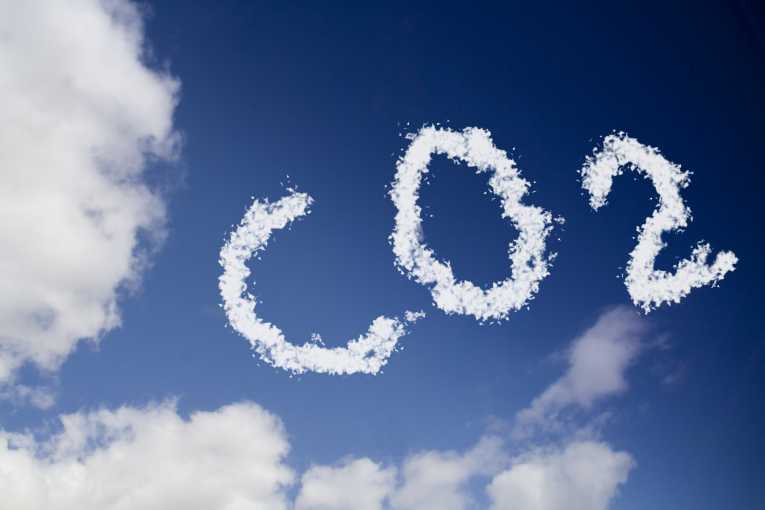A prehistoric period of high atmospheric carbon concentration most commonly used as a marking stick against which to measure current and future global warming produced only a tenth of the current rate of CO2 release say geologists who warn the environment may not be able to cope with such rapid change.
The Paleocene-Eocene Thermal Maximum (PETM), 55.9 million years ago, is reckoned to be the best example against which to measure our current carbon output.
"We looked at the PETM because it is thought to be the best ancient analogue for future climate change caused by fossil fuel burning," said Lee R. Kump, professor of geosciences at Penn State University.
The geologists, who publish their research in the new issue Nature Geoscience, say that measures of carbon which are taken from deep sea core samples are probably not accurate. Scientists measure the carbon levels deposited by dying sea creatures, but the greenhouse effect also makes the oceans more acidic meaning that the calcium carbonate left by sea creatures is dissolved.
"We were concerned with the fidelity of the deep sea records," said Kump. "How do we determine the rate of change of atmospheric carbon if the record is incomplete? The incomplete record makes the warming appear more abrupt."
Kump and his colleagues have tried to circumvent this problem by using Arctic Ocean cores discovered in the collection of a coal company geologist, Malte Jochmann in Norway.
"Deep-sea cores usually have from 10 cm to a meter (about 4 inches to 3 feet) of core corresponding to the PETM," said Kump. "The Spitsbergen cores have 150 meters (492 feet) of sediment for the PETM."
With these much larger cores and computer modelling, Krump's team believe they have a more accurate measure of PETM carbon levels. They estimate that temperatures rose by between 9 and 16 degrees Fahrenheit.
This warming took place over 20,000 years and geologists say that at current rates of release - around 10 times faster than in the PETM - it is possible that ecosytems will be unable to adapt to the change.
Image Credit: © Torsten Rauhut.










